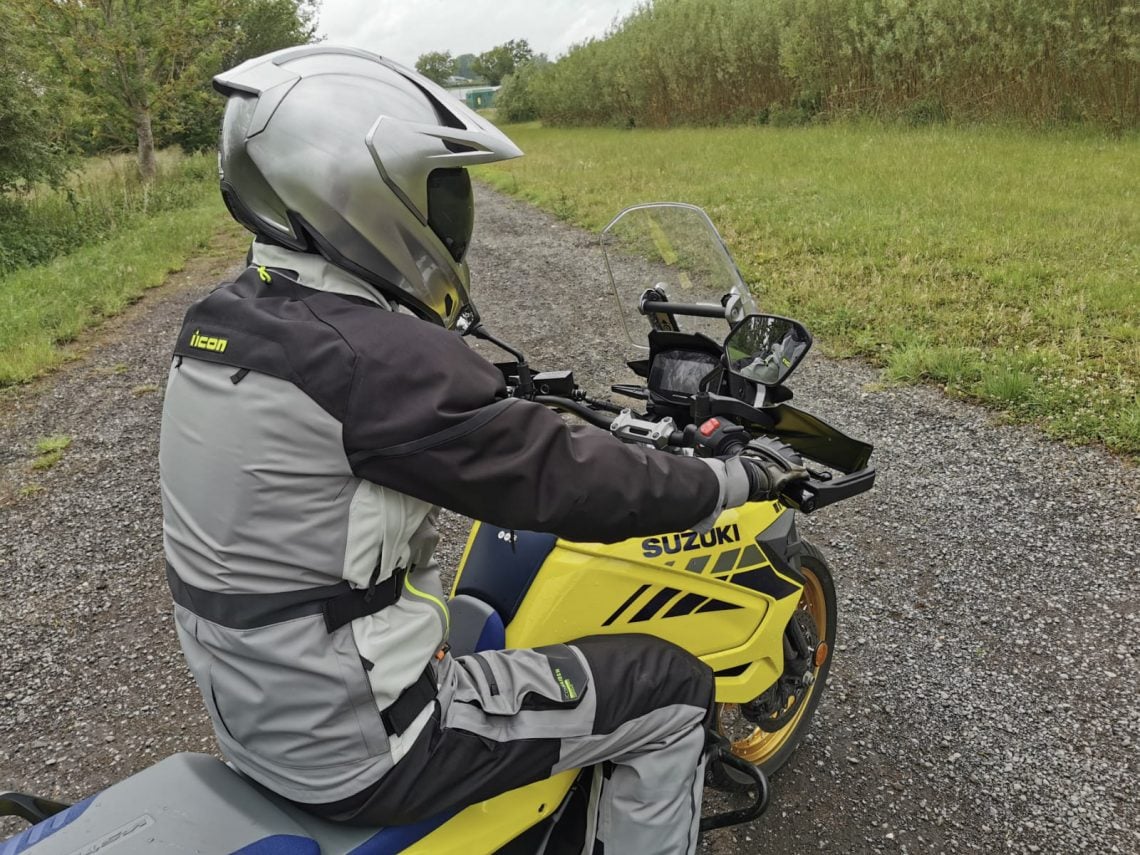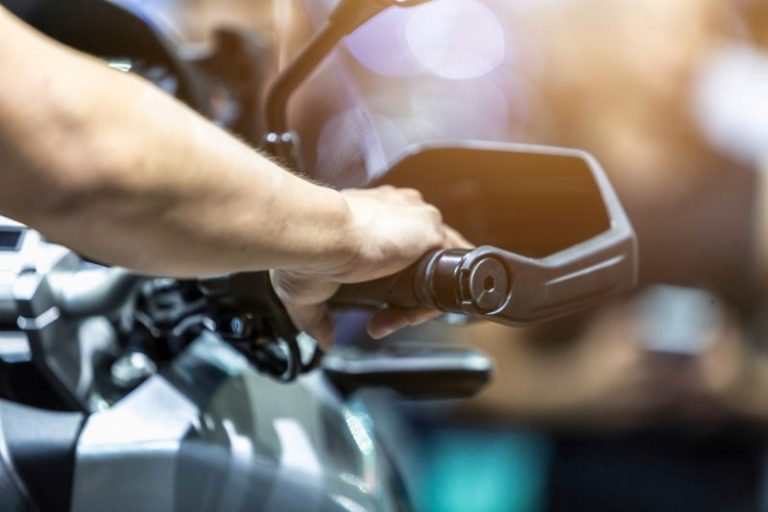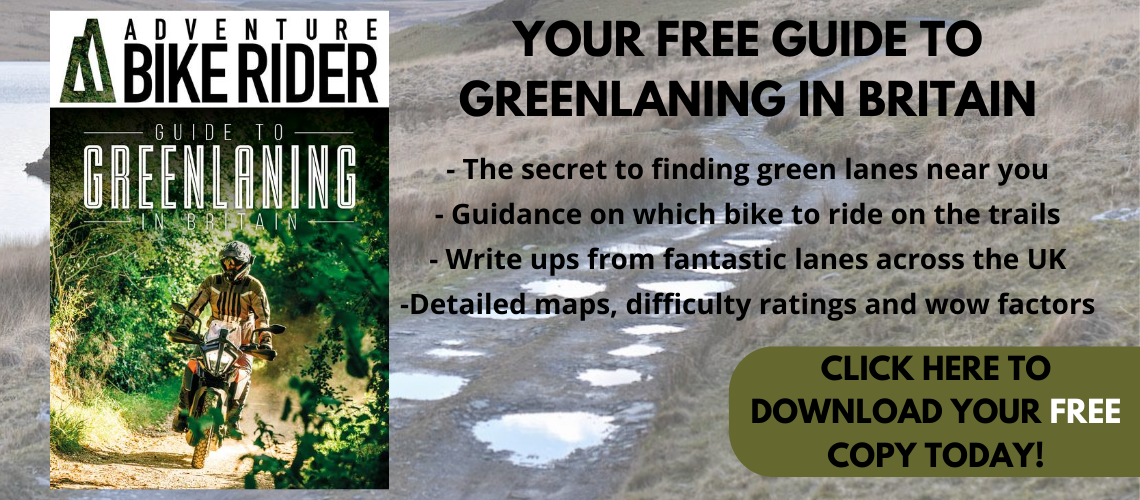Carpal Tunnel Syndrome can affect anyone, and for motorcyclists it can be a hindrance when riding big miles, Suzie Bostock tells us more…
What is Carpal Tunnel Syndrome (CTS)?
CTS is the most common peripheral nerve entrapment syndrome, and I’ve met quite a few bikers who have had it and it’s a bugger!
Your Carpal Tunnel is a small passage in your wrist made up of bones and ligaments. The Median nerve, which controls sensation and movement in the thumb and first three fingers, runs through the carpal tunnel, along with tendons, to the fingers and thumb. In CTS the nerve gets squished when it passes through this tunnel. Ouch!
About one in 10 people will suffer from CTS at some point. Often it comes out of nowhere. Swelling and manual activity can contribute to increased nerve compression, plus the constant vibration from some bikes, especially when riding off-road, can wreak havoc, making us motorcyclists more vulnerable to CTS.
The right wrist can be particularly affected due to constant use of the throttle where the wrist is constantly being forced into extension.

Symptoms
Generally, the main symptoms are pain, some tingling and numbness, with possible weakness in severe cases. In mild cases, symptoms often just occur in the hand, however in more severe cases it can spread to the forearm, upper arm, and sometimes even the shoulder!
Testing
Tinel’s test: Tap over the median nerve at the wrist for one minute.
Phalen’s manoeuvre: Forced compressive wrist posture for one min.
If symptoms occur during the tests, the tests are said to be positive, i.e. an indication you may have CTS.
Ideally much more specific tests need to be undertaken, but these will do for a quick and easy self-test, especially if you’re off on an adventure and don’t have easy access to medical professionals.
For a full, video demonstration of how to perform these tests, head to www.bit.ly/CTSmovements.
What to do
If you think you’ve got CTS, try to limit excessive wrist movement, reduce heavy work activities, and take regular breaks when riding… More coffee and photo stops required!
Exercises to prevent CTS


As a biker the exercises below are also good to do regularly… Prevention is better than cure.
Tendon Gliding, as shown above (go through these exercises holding each position for five seconds, repeating the sequence 10 times, three times a day):
Straight
Hook
Table top
Straight fist
Full fist
Neural gliding, as shown top right (Median nerve).
Start with your elbow bent and the back of your hand near your head/neck. Also have your head tilted away from your hand.
Next, slowly and smoothly move your head to an upright position and your elbow should open up to about 90 degrees i.e. slowly moving away from your head.
Then continuing slowly and smoothly, completely straighten your elbow and bend back your wrist, at the same time moving your head towards the arm you are exercising.
Do this three to five times, two to three times a day. Do no hold these positions; move slowly and smoothly through the different postures.
Set your bike up correctly so that your wrists are not constantly bent, when sat or stood. You may need to alter the positions of your levers, lower your footpegs and/or raise your handlebars. Get a friend to observe you, as often it is hard to criticise your own posture.
Also make sure you’re not gripping too tightly. Having a death grip, especially for a long period of time, can really exacerbate symptoms and increase pressure.
Some people do find a throttle control device, like a Crampbuster, useful as it limits repetition of right wrist extension, however this is only really useful when riding on tarmac, especially on long straight roads. Having thicker foam grips and thicker soled boots may also be beneficial for some people.
If needed, talk to a pharmacist or doctor about some kind of pain relief. Don’t keep pushing through it. The ‘no pain, no gain’ attitude will not bode you well here. There’s no ‘quick fix’, so persevere with the exercises.
What NOT to do
Don’t sleep with bent wrists (I know, you’re asleep, it’s hard)! Wrist splints may help.
Don’t keep wrists bent and static for long periods. It’s easy to forget when you’re riding, but move them often.
Don’t keep doing activities that bring on symptoms.
If all else fails, a nice cool beer will help! (FYI: Not evidence based… Please consume alcohol sensibly).
Important: Get a professional assessment when possible, especially if symptoms are persisting, unremitting or worsening.
For a full reference list please contact cyril@avvida.co.uk.
Finding riding is making those aches and pains worse?
In each issue of Adventure Bike Rider magazine we feature a fitness masterclass, showcasing the exercises you can do to keep creak-free and comfortable on your bike. You can read them all online, alongside our bike reviews, travel stories, gear tests, and other features, by signing up to the digital library, which gives you access to the latest issue of ABR, as well as a decade’s worth of back issues. That’s 58 issues delivered directly to your fingertips!
At the moment you can save 50% off your subscription with the code SUMMERSAVE50 at checkout, so sign up here soon to take advantage of this great saving. Ride safe!




